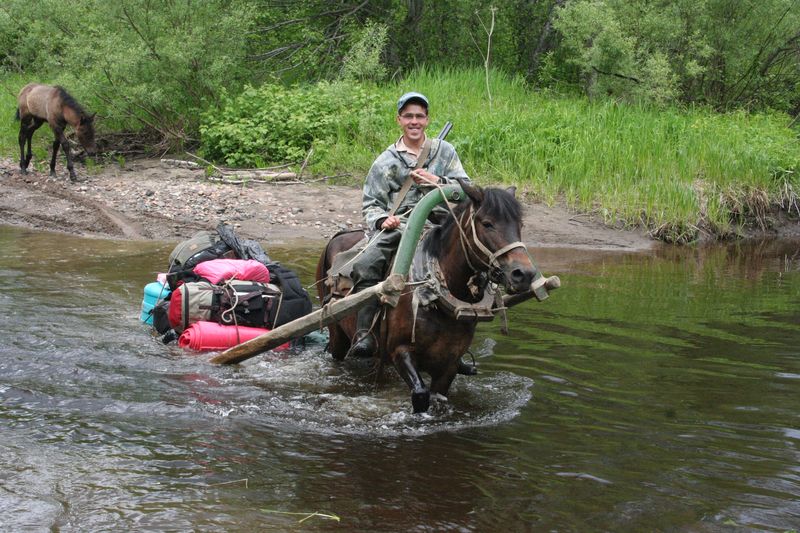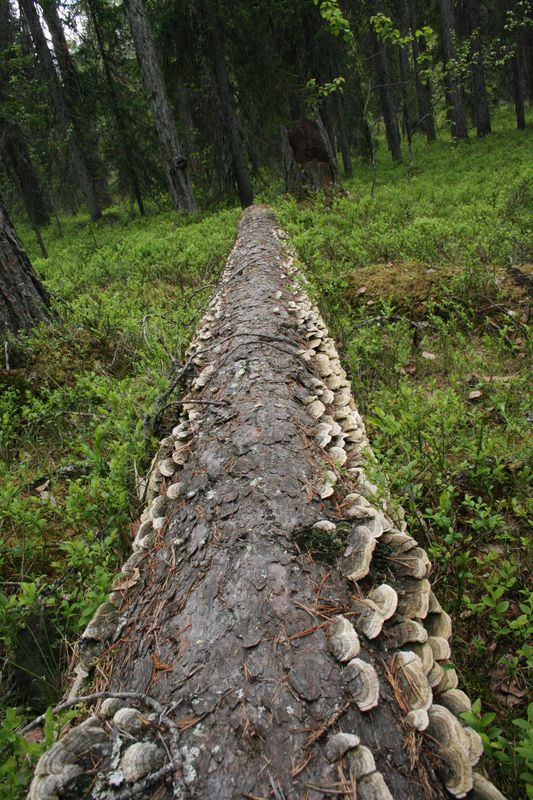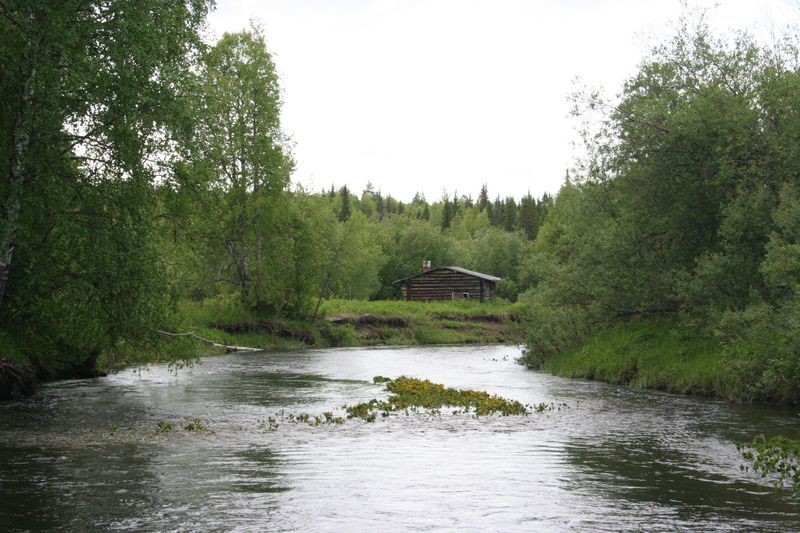Expedition to Pyssa Pristine Forests Massif
During a fortnight of 8-20 June, Silver Taiga Foundation organized an expedition to Pyssa pristine forests massif, which is situated on the border of Udora district (Komi Republic) and Leshukonskoye district (Arkhangelsk region). Pyssa pristine forests massif is one of the last large low-disturbed forest territories in the European part of Russia which was marked by non-governmental nature conservation organizations.
The expedition aimed at several main things: to study pristine forests in the basin of the river Pyssa; to determine their ecological value and anthropogenic damage; to evaluate representational level of inspected systems and landscapes; to get acquainted with the traditional nature management of pristine forests and to understand its significance to local population.
The expedition included Silver Taiga Foundation staff members, experts from the WWF Arkhangelsk, members of the Greenforest Foundation from Saint-Petersburg, and local guides from villages Vazhgort and Bolshaya Pyssa.
This expedition to that low-disturbed territory is not the first one. In 2009, representatives of Silver Taiga Foundation studied forests in the basin of the Pyssa, the tributary of the Mezen. The goal of the new expedition was a forest inspection of the Vashka tributaries: Sodzim, Kula, Tsebuga as well as the common watershed area of the rivers Mezen and Vashka. To get to that area, the expedition turned to a very unusual means of transport – horse scrapers which are frequently used by the population of the village Vazhgort.

Вброд
The expedition confirmed a high ecological value of Pyssa pristine forests massif as well as its landscape originality which was caused by several types of glacier motions in the basins of the river Mezen and Vaska. Pine and deciduous forest, which occupy the biggest part of the river Pyssa basin, appeared on a glacial plain because of a glacial lake, which was situated between two edge zones of the Valdai glacier 30-12 thousand years ago. Spruce forests, covering the interstream area and the macroslop of the river Vashka, grow in an erosive starved valley formed after the deglaciation that happened 15-9 thousand years ago.

Валеж
Spruce forests, rich in bilberry and grass and green moss floor, were formed due to a large forest fire, and today they are in the final succession stage – shrinkage, disintegration of the old generation and appearance of many-aged forests. Mass shrinkage happens on the biggest part of the watershed area (70-80%), and it is considered as a natural process, typical for pristine fir-woods. From the economic point of view, Pyssa forest is not of great value, as the biggest part is shrunk or in the active shrinking stage. From the ecologic point of view, they are undoubtedly unique, because they characterize typical stage of natural dynamics of taiga forests on the landscape scale.
The collected data is not analyzed yet, but it is clear that the watershed area of Pyssa pristine forests massif (part between Pyssa and Sodzim reserves) is a unique taiga landscape, which must be protected from industrial development. That is why we suggest uniting the reserves using the watershed area into one conservation area of regional or federal level.

Избушка на берегу
Moreover, there is a danger of destroying the erosive layer on the Vashka bank due to frequent truck traffic and spruce forest logging. Consequently, it will cause intensive erosion of the area by waters from numerous narrows and streams kerbs flowing into rivers Sodzim, Kupa, and Tsebyu. As a result of the river bed erosion and lasting siltage, the Vashka and the above mentioned rivers, presently areas of salmon and umber reproduction are bound to lose their fishing resources which have an important meaning for the locals.
The major part of the territory is used for traditional forest management by the local population. Ecotope conditions diversity determine the abundance of hunting fauna: wood grouse, hazel-grouse, black grouse, various kinds of duck, hare, various fur game as well as larger animals, like bear and elk. On the territory of the massif there are many putiks (paths in forest areas rich in berries and game), where the local hunters put their traps for birds and game. Putiks normally begin from the hunters’ lodges which are scattered along many streams and rivers. Lodges and traditional hunting areas are carefully looked after and are passed on from father to son. According to the interviews with the villagers, traditional nature management plays a great role for Vazhgort population, and for many locals it is the only occupation.
Pristine taiga forests of the Pyssa massif and their significance for traditional way of life and self-sufficiency of the local population create good conditions for eco-tourism development. The villagers and Udora district administration hope that rural tourism will create jobs and break a stereotype of “taiga conquest” which appeared during Soviet times. Most importantly, it will help to create the right conditions for preservation of these pristine taiga landscapes for future generations.
